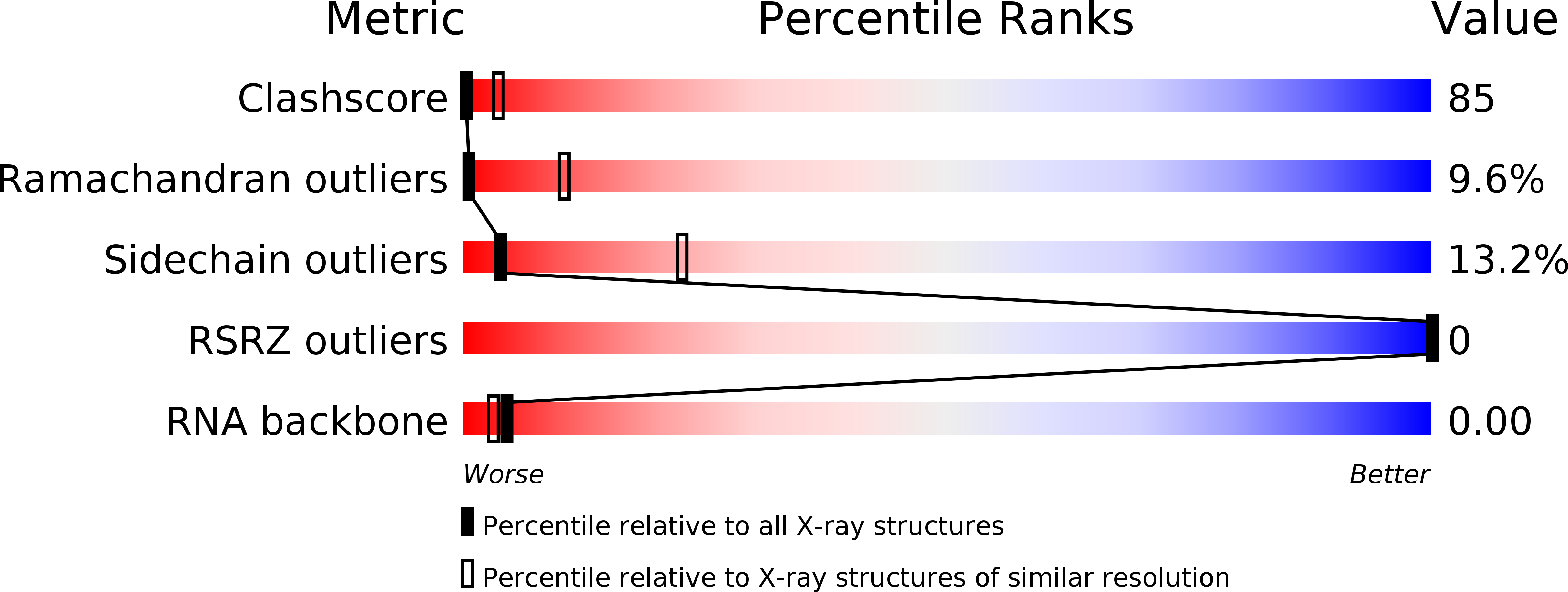
Deposition Date
2007-07-26
Release Date
2009-01-20
Last Version Date
2024-02-21
Entry Detail
Biological Source:
Source Organism:
Synthetic construct (Taxon ID: 32630)
Providence virus (Taxon ID: 1289469)
Providence virus (Taxon ID: 1289469)
Method Details:
Experimental Method:
Resolution:
3.80 Å
R-Value Work:
0.28
R-Value Observed:
0.28
Space Group:
C 1 2 1


